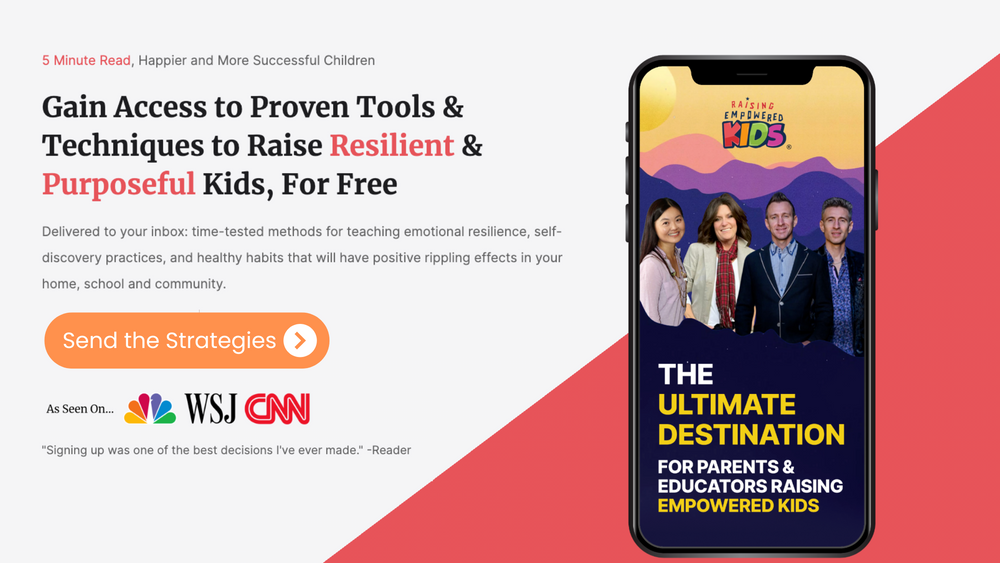Once I started homeschooling my oldest son at age five, my younger son, got jealous. He was pretty young, a year and a half younger, but when he saw that his brother was doing some (kind of cool) projects, he wanted in.
And I realized that ‘school learning’ is an extension of ‘life learning.’
We started with project based learning. I focused on providing a flexible structure to the projects, trying to be aware of each child’s skills.
The goal was to give them projects that were both motivating and challenging. And just like in real life, they had to work together.
My other goal was to remove any sense of ‘I can’t’ and focus on ‘keep trying,’ which ultimately becomes, ‘I can.’
Here are a few of the practical strategies I started with, and which apply to all project based learning (PBL) projects.
Encourage Exploration
Embrace an open-ended approach in projects, allowing your child to explore topics that genuinely interest them. The freedom to choose projects that align with their passions can ignite their curiosity and enthusiasm, laying the foundation for confidence. Don’t hesitate to adapt the project to your child’s skill level or adjust the scope of the motivating question to align with their needs.
For example, we started with a very relatable project: “How can we build a bridge over the (toy) firetruck that will carry other (toy) cars and not collapse?” Pretty relevant when you’re five and have a keen interest in construction. We didn’t start with building a replica of the Titanic or the Taj Mahal. We stuck to something meaningful to them and used materials we had on hand — packing tubes, paper towel tubes, blocks, sticks, string tape… you get the idea.
Foster Collaboration
Promote teamwork and collaboration whenever possible. The projects aren’t just about the ‘end result.’
The process is in fact often more important.
Encourage your kiddos to work together, share ideas, and solve problems. Collaborative experiences help build interpersonal skills and bolster confidence as kids realize the value of their contributions to the project’s success.
It sounds great, right? Collaboration. Teamwork. But even as adults we sometimes struggle with putting these noble goals into practice. And when you’re five, well… it can be a challenge.
I offered guidance on ‘rules of engagement’ for my sons to follow when working on projects together. We talked about the importance of listening to each person’s suggestions and being patient.
As with life, it was a work in progress. And improved over time.
Find a balance between small wins and the struggle
Recognize and celebrate incremental achievements. But don’t be afraid to let your child struggle. We all struggle in life and anything worth doing takes real effort. When your child has to work to achieve something, it puts the power in their hands — both WHAT they’ve learned AND knowing they can figure it out.
This is key, even with a simple project. Like when I watched my sons struggle with figuring out how to buttress their bridge and watched them get frustrated before they understood the physics of it, I had the urge to step in and ‘solve’ the problem.
Fortunately, I resisted that urge (mostly).
Instead, I commented on what was working — the small wins. But rather than looking at their struggle as a failure or something I needed to solve, I started asking questions. Why did they think their bridge was falling down? Was it too tippy? Did they need other building materials?
When our children are very young, we naturally ask them guiding questions, and encourage them to ‘see’ things as they figure out the world around them. Guiding a child in a project is an extension of this mindset.
Constructive Feedback
Ask your child for their own feedback first to enable them to think critically.
This skill is more valuable than the outcome of the project.
Offer constructive, specific feedback that focuses on areas for improvement while acknowledging strengths. This helps your child understand their own strengths and growth and shows them that continuous learning is a natural part of the process.
Keep it conversational. In other words, elicit responses and listen to them.
My sons pursued the bridge-building project long after they’d achieved the original goal and went on to add more ‘freeway,’ more bridges, overpasses even. The project took on a life of its own once they figured out the physics of it. And occupied a considerable amount of floor space and used an equally considerable amount of packing tubes, paper towel rolls, wooden blocks, duct tape…
Reflection
My sons achieved ‘success’ with the project, but they also learned a long list of other skills in the process. Those ‘life skills’ were the ones they started building on in the next project, and the ones after that.
Was it easy? Not a chance, it challenged all of us. And we all got better at rising to the challenge.
I can. It’s a powerful mindset for life.
This article was originally published at Medium. Republished with permission from the author.












Member discussion